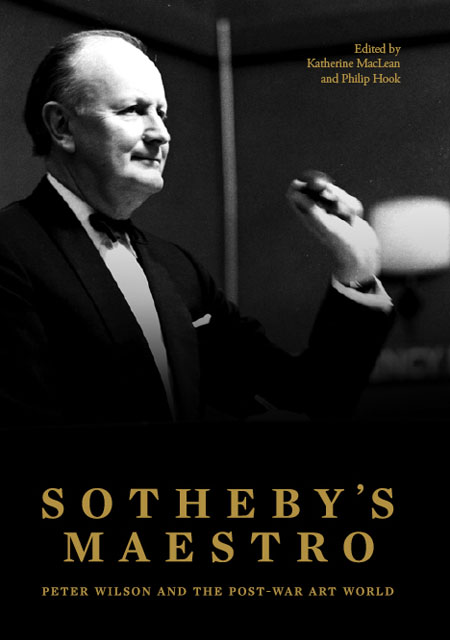
For those who want a lively and engaging account of rise of Sotheby’s under Philip Wilson and first-hand stories of the art world during his time as chairman from 1958 to 1980, this book is a must. It shows the art world as it was then and how Peter Wilson created an international company selling the most important works of art in the world. The contributors allow us to see behind the scenes, presenting a charismatic and risk-taking figure, who pushed the auction house to its limits and sometimes beyond. Each story reflects the individual perspective of the author, and with some 53 essays by leading figures in the art world, there is much fascinating detail and unknown material, as well as accounts of the great and famous moments. All agree that PCW had an extra-ordinary ability to see an opportunity and, as with so many famous entrepreneurs, to seize it with boldness and often ruthlessness. Peregrine Pollen recounts how he was sent to New York and in 1964 engineered Sotheby’s purchase of the American auction house Parke-Bernet, thus providing the London auction house a huge advantage in entering the American market. Just as important was PCW’s recognition of the rising market for Impressionist paintings, starting with the Goldschmidt sale of 1958. Another change that took place under his chairmanship was the creation of the auction as a glamourous event and the auction house as a social centre. However, the stories also recount the other side of his chairmanship, his often-dictatorial rule of the country and the disastrous mistakes he made, both with the Sothebys cigarettes and in a very different way, the Sevso treasure.
Sotheby’s Maestro: Peter Wilson and the Post-War Art World, ed. by Katherine McLean and Philip Hook, London, Sothebys 2017. £15.00
